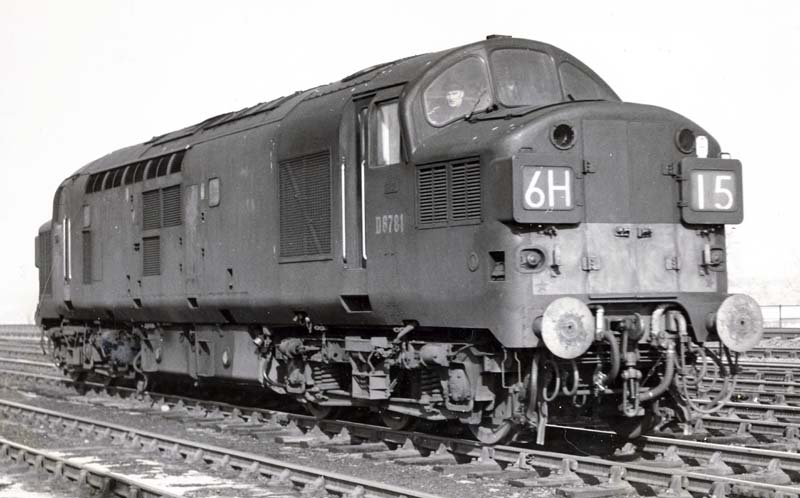Rummaging through my big box of purchased diesel & electric photos, I found these two shots of Brush Type 2's early in their careers. At first I didnt notice the background in this shot:
but it could be York Station. If it is, then I might have stumbled across a picture of D5511, either on its way to or back from Scotland! The loco is certainly virtually brand new , so there is a good possibility. A shame you cant quite make out the number :-(
The second shot I dont know the location (possibly Cambridge, or Norwich ?) but it shows one of the few production batch locos, D5555 which had headcode discs fitted, at a time when other members of the class were being built with headcode boxes, a sort of transition period
The loco is a bit grubby, and there is not yet a yellow warning panel, so shot possibly taken around 1960-3.

































